Jan Senbergs: Observation–Imagination (National Gallery of Victoria)
Jan Senbergs: Observation-Imagination is a major retrospective survey of this artist's long career. The 120 works selected for exhibition range from his formative years in the 1960s to 2014. They show Senbergs moving freely to create a stylistic identity that draws upon, yet stands decisively apart from, mainstream movements in international art over the past half century.
Continue reading for only $10 per month. Subscribe and gain full access to Australian Book Review. Already a subscriber? Sign in. If you need assistance, feel free to contact us.



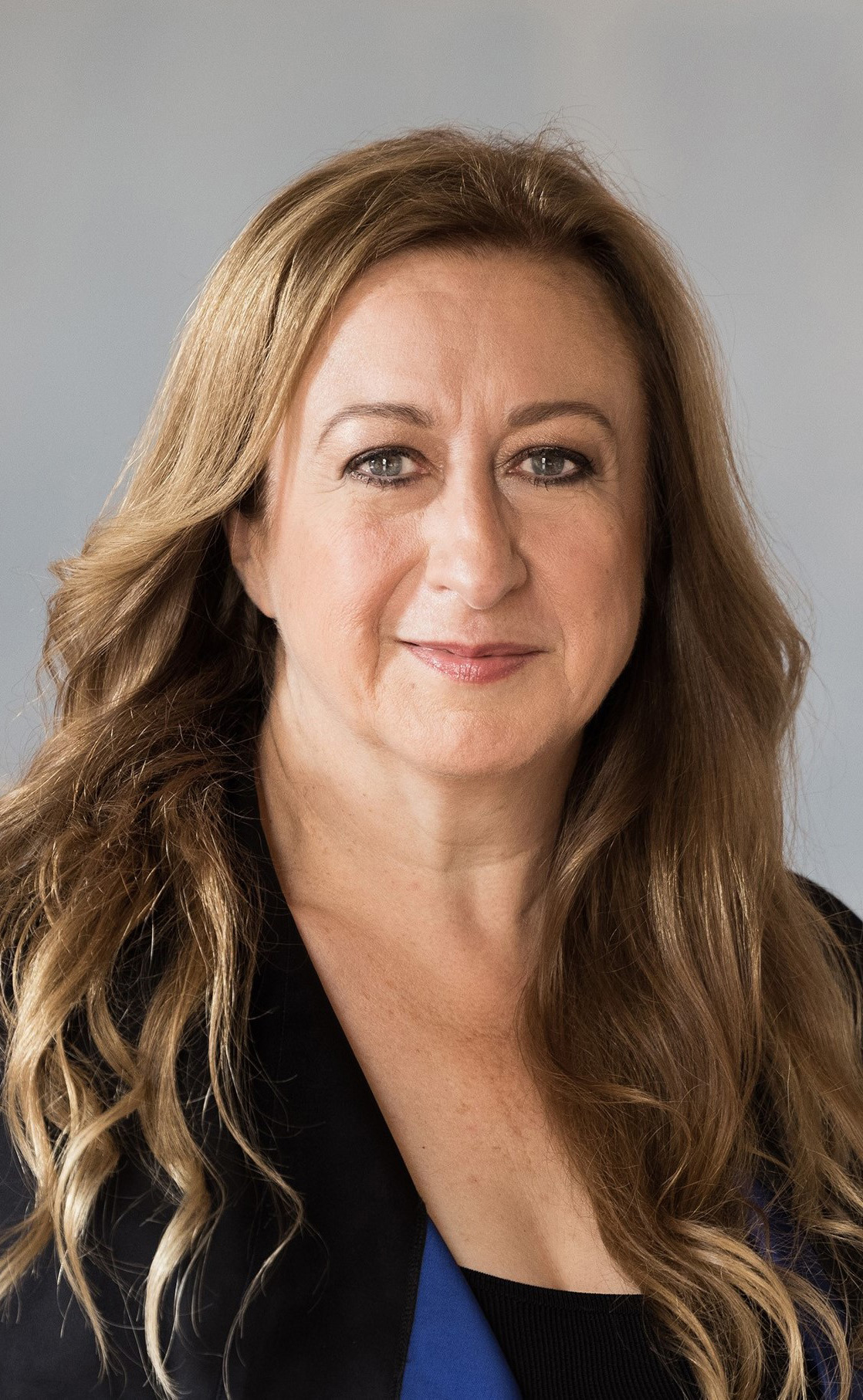
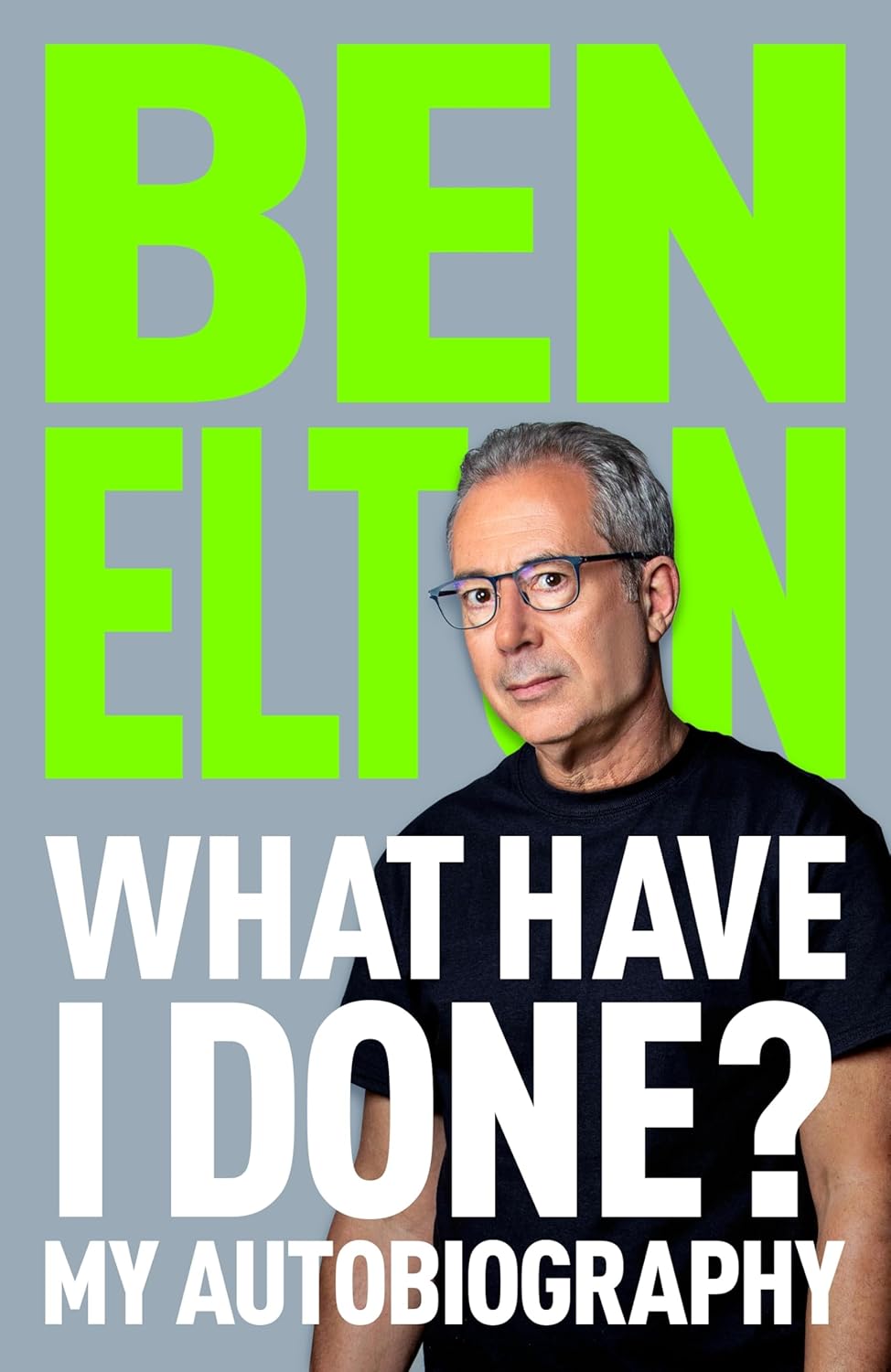
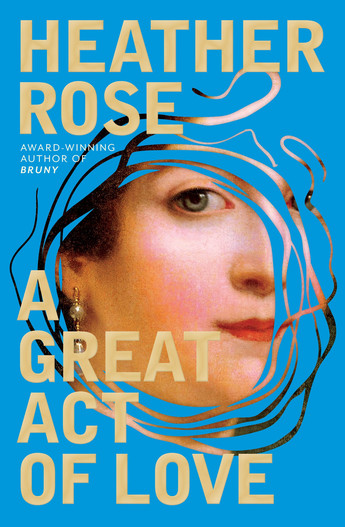
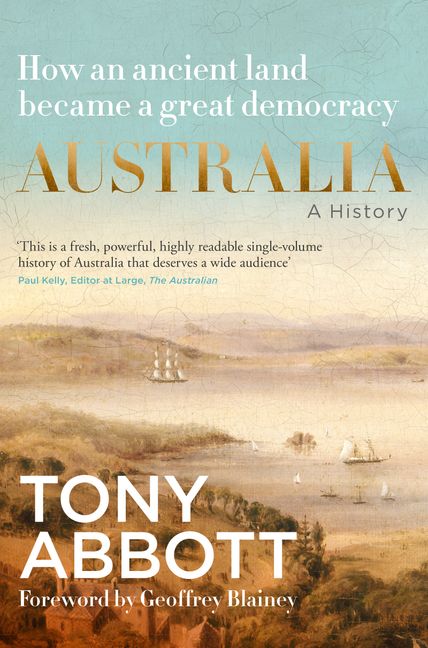

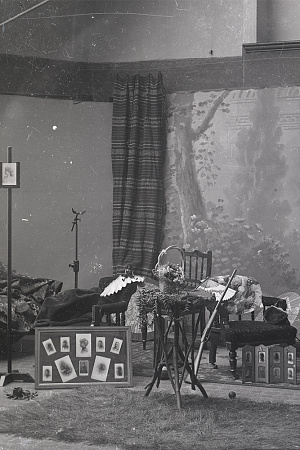
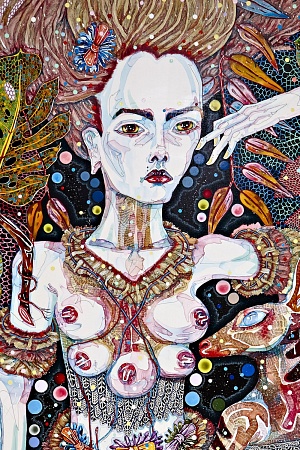
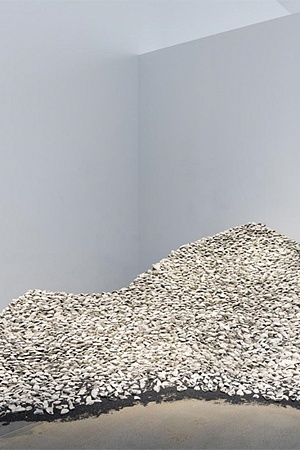
Leave a comment
If you are an ABR subscriber, you will need to sign in to post a comment.
If you have forgotten your sign in details, or if you receive an error message when trying to submit your comment, please email your comment (and the name of the article to which it relates) to ABR Comments. We will review your comment and, subject to approval, we will post it under your name.
Please note that all comments must be approved by ABR and comply with our Terms & Conditions.